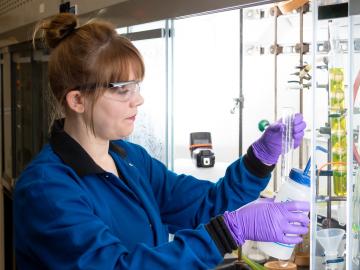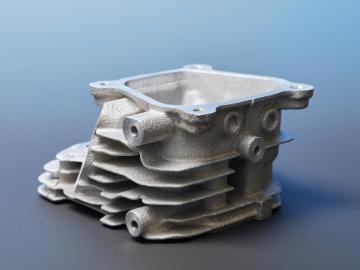
Our society’s ability to transition to clean energy technologies depends, to a great extent, on having adequate supplies of the materials needed to manufacture components that will be ubiquitous in a clean energy economy — particularly batteries and electric motors.

“Emergence of AI is a very rare type of event,” said Sergei Kalinin, director of ORNL’s Institute for Functional Imaging of Materials. “Once in a generation there is a paradigm shift in science, and this is ours.”
Kalinin and his colleagues use machine learning to better understand the nature of ...

Perhaps no nanomaterial has gotten more attention than graphene, a one-atom-thick layer of carbon that is in many ways the Superman of materials: 300 times stronger than steel, unmatched at conducting heat, so dense that no gas can slip through.
Graphene may also illustrate our accelerating pace ...

Materials are identified by their properties, desirable or otherwise. Iron is strong, but it rusts. Plastics are versatile and useful but end up polluting the environment because they don’t easily decay.
Scientists and engineers improve materials by manipulating them to get just the right propert...

ORNL researchers and partners at Lawrence Livermore National Laboratory and Wisconsin-based Eck Industries have developed aluminum alloys that are both easier to work with and more heat tolerant than existing products.
What may be more important, however, is that the alloys—which contain cerium—h...

